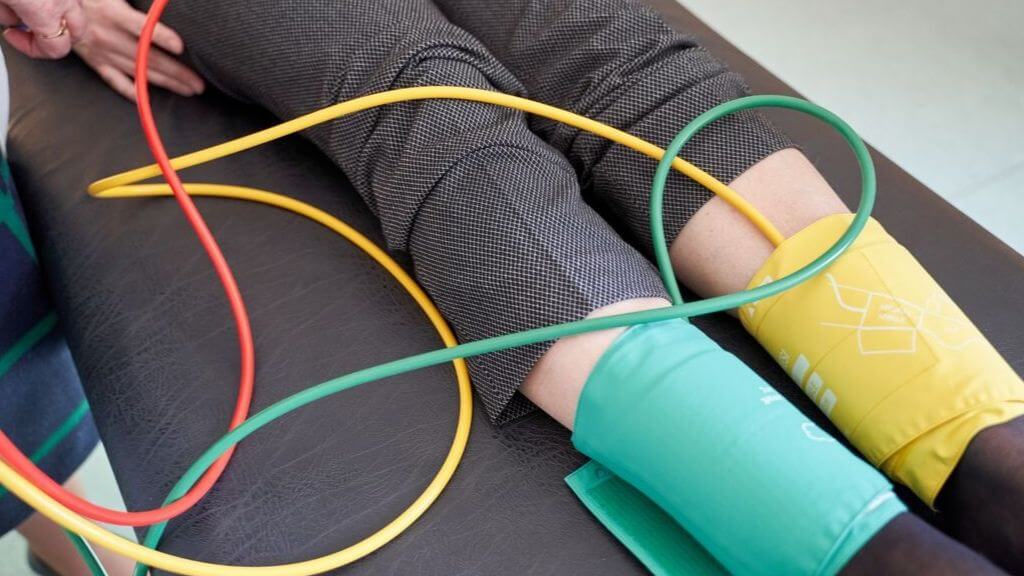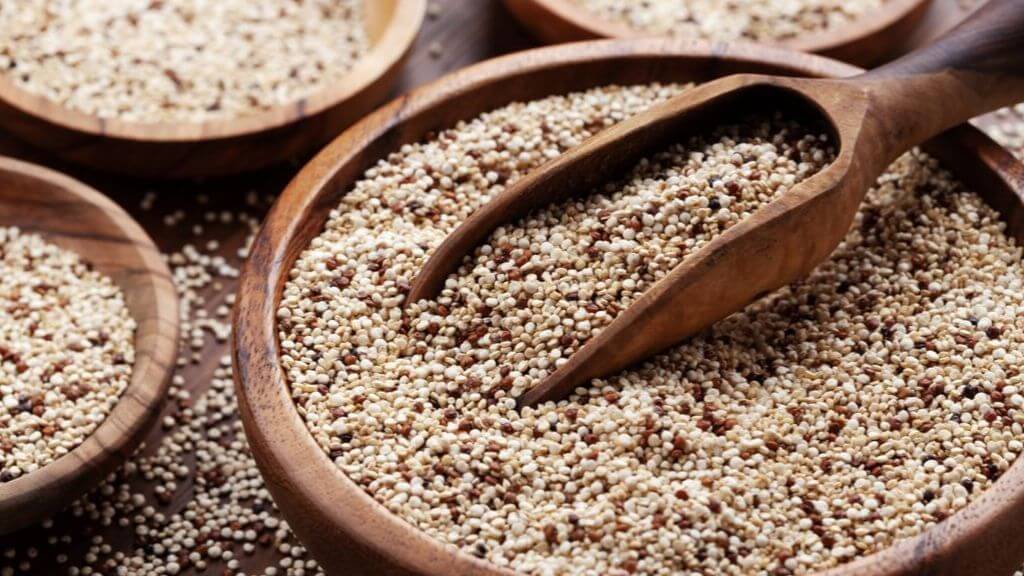Peripheral Vascular Disease (PVD) is a circulatory system disorder that causes the blood vessels outside of your heart and brain (peripheral vascular system) to become narrow, blocked, and spasm.
Blood vessels become narrow as a result of plaque accumulation or spasms, and if not treated this can lead to hardened arteries and disrupted blood flow. Impaired blood flow can lead to organ damage and loss of limbs, fingers, or toes.
Peripheral Vascular Disease Symptoms
PVD symptoms usually begin slowly and irregularly. You may feel a general level of discomfort like cramping in your legs that gets worse with physical activity and fatigue.
The most common symptom of PVD is claudication, which is lower limb muscle pain experienced when walking. It will usually go away with rest but will come back when activity begins again.

The restricted blood flow will also cause symptoms that will get worse as the condition progresses, including:
♦ Reduced hair growth on your legs
♦ Cramps during sleep
♦ Thin or pale skin
♦ Wounds on legs and feet that won’t heal
♦ Numb or heavy muscles
♦ Pale coloring to arms or legs
♦ Severe burning in toes
♦ Thick and opaque toe nails
Peripheral Vascular Disease Variations
There are two main types of peripheral vascular disease.
Organic PVD is characterized by changes in the blood vessel structure caused by inflammation, plaques, or tissue damage. Functional PVD is where there is no physical damage to the structure of the blood vessels, but the vessels narrow or widen as a response to factors such as brain signals or temperature changes. As the blood vessels narrow in either type, blood flow becomes impaired.
Peripheral Vascular Disease Causes
The causes of PVD depend on which type you have. With functional PVD, the vessels change as a result of environmental factors. The widening and narrowing of blood vessels in this way is normal, but with PVD, the vessels exaggerate their response. The most common causes of functional PVD include:
♦ Emotional stress
♦ Extreme physical stress
♦ Drugs
♦ Cold temperatures
♦ Operating tools or machinery that vibrate

Organic PVD shows changes to the structure of your blood vessels. Chronic inflammation and the accumulation of arterial plaques are examples of what can cause these changes. The factors most likely to contribute to this form of vessel narrowing include:
♦ Hypertension
♦ Smoking
♦ High cholesterol and triglyceride levels
♦ Diabetes (both types 1 and 2)
♦ Injuries or previous surgeries
♦ Infection (bacterial or viral)
♦ Blood vessel inflammation
♦ Ligaments with abnormal structures
There are also several risk factors that will increase your chances of developing PVD. The most common risk factors include:
♦ Being overweight or obese
♦ A history of heart disease or stroke
♦ Poor eating habits
♦ Kidney disease
♦ Lack of physical activity
Peripheral Vascular Disease Diagnosis
Diagnosis is important because early treatment prevents life-threatening complications. You will need to explain your symptoms to your doctor, specifically noting if you have claudication.
The doctor will perform a physical examination to measure the pulses in your legs and feet. Any identification of a whooshing sound through the stethoscope can be a sign of a blocked or narrowed blood vessel.
Additional diagnostic tests may also be done, including:
♦ Sound waves for imaging to look at your blood vessels
♦ Angiography, using dye to follow blood flow through the peripheral vascular system
♦ CAT or MRA scans to look for blockages in blood vessels

Peripheral Vascular Disease Treatments
The purpose of treatment is to stop the disease from progressing and to manage your symptoms so you can maintain an active lifestyle. Treatment also helps to lower the risk of life-threatening complications.
Lifestyle modifications are recommended first, and if those do not work, then medications can be used. The most common medications include:
♦ Daily aspirin to reduce blood clotting
♦ Medications to increase blood flow and relieve claudication
♦ Statins to lower high cholesterol
♦ ACE inhibitors to lower high blood pressure
♦ Diabetes medication to control blood sugar
♦ Peripheral Vascular Disease Diet
Following a diet that reduces cholesterol levels and promotes arterial and heart health is the best way to prevent and treat PVD. The following dietary recommendations are best for those with PVD or those at risk.
♦ Reduction of saturated fat consumption (red meats, lard, butter, and cheese)
♦ Restricted sodium intake (no more than 6g of sale per day)
♦ Increased fiber consumption (lentils, beans, whole grains)
♦ Eating plenty of fresh fruits and vegetables
♦ Adding supplements like turmeric to reduce inflammation

Peripheral Vascular Disease Natural Treatments
By following a healthy lifestyle, you can reduce your risk for PVD. You will also reduce symptoms and allow time for your blood vessels to heal. The top lifestyle changes to make include:
♦ Quitting smoking
♦ Lowering cholesterol
♦ Controlling blood glucose levels (if you have diabetes)
♦ Getting regular exercise
♦ Maintaining a healthy weight
Peripheral Vascular Disease and Surgery
Surgery may be required for peripheral artery disease treatment if the blood vessel blockages are significant. Angioplasty is a common surgical procedure used to correct narrow vessels. A catheter is inserted into your artery, and a balloon at the tip of the tube inflates to open your artery.
A small tube called a stent may be used to help keep the vessel open. Vascular surgery is another option to try, which uses vein grafting to allow the blood to bypass the narrow opening.
Peripheral Vascular Disease Statistics
♦ Approximately 8.5 million people have PVD worldwide
♦ Men and women are equally affected by PVD
♦ Between 12 and 20 percent of those with PVD are over the age of 65
♦ 40 percent of those with PVD do not experience leg pain, which delays diagnosis
♦ Smoking increases your risk for PVD by 2 to 6 times
What Is the Long-Term Outlook?
There are serious health complications associated with untreated PVD, so early diagnosis is essential for improved health and mobility. With lifestyle changes, most people can lower their risk of complications and reduce pain, so as to resume a healthy and active life.
If your risk for PVD is high, then speak with your doctor about getting tests so you can stay ahead of the disease. Peripheral vascular disease when diagnosed and treated early, can lead to a positive outcome.






